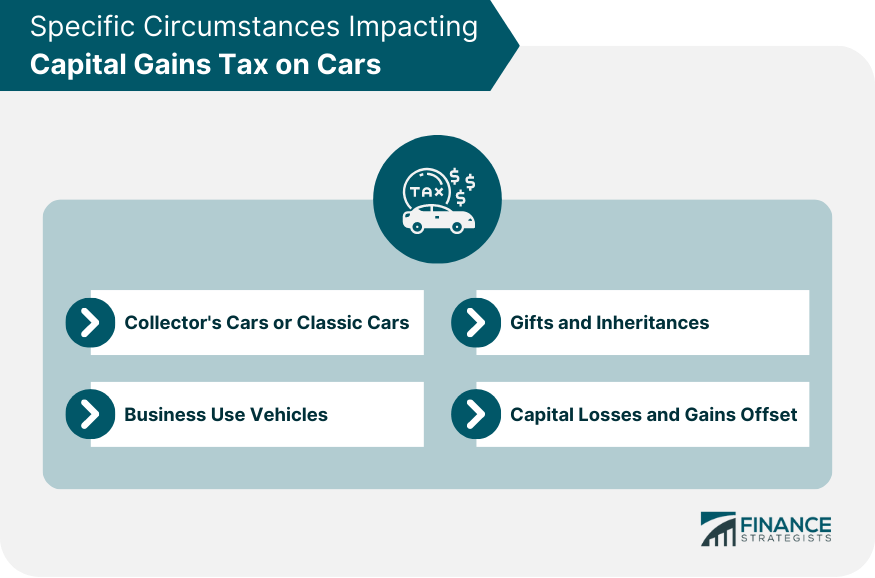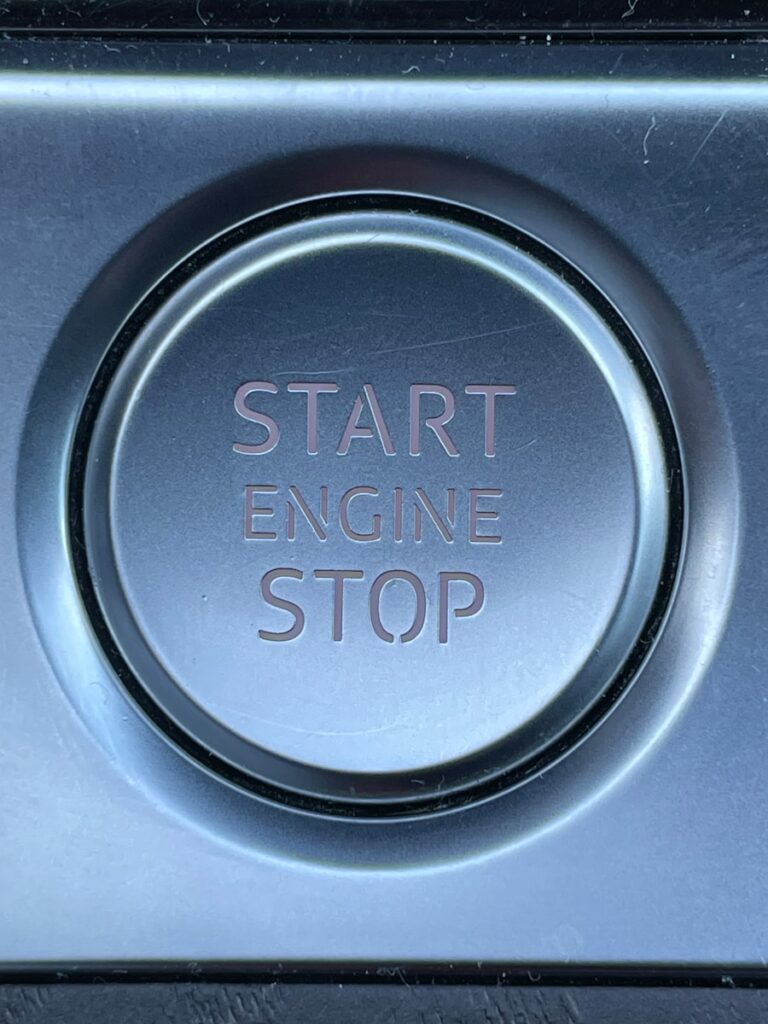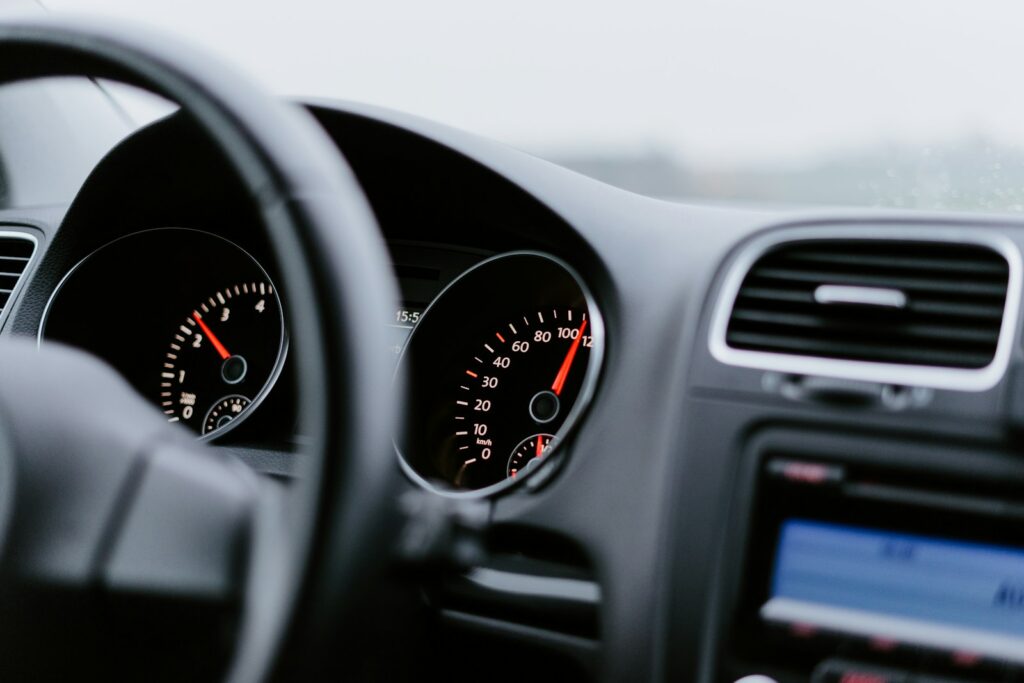
Car ownership is a journey that often comes with its fair share of expenses, from the initial purchase to fuel, insurance, and, inevitably, maintenance and repairs. While we all want to keep our vehicles running smoothly and safely, it’s a startling truth that many drivers waste hundreds, if not thousands, of dollars each year on services they don’t actually need or can easily avoid.
It’s easy to fall into a money trap when you lack knowledge about the complex science of cars, especially the latest models. We tend to trust whatever a mechanic says, but you might want to reconsider if your repair shop consistently presents you with a lengthy list of services every time you bring your car in. The automotive industry, including aftermarket accessories, is always ready to take more of your hard-earned cash.
While periodic care is crucial for your vehicle’s longevity, blindly agreeing to every recommendation can quickly empty your wallet without delivering real value. This in-depth guide, informed by mechanics and auto experts, shines a light on common car services that, despite widespread belief or aggressive upselling tactics, simply aren’t worth the expense. Knowing what to skip is your first step towards smarter car maintenance and significant savings.

1. **Windshield Replacement for Minor Chips**When a flying rock strikes your windshield and leaves a chip, the immediate reaction is often to seek professional repair or full replacement. However, for smaller chips and cracks, spending the $200 to $400 minimum required for a professional replacement is frequently unnecessary. Many drivers experience a strong urge to get these minor imperfections fixed immediately, almost like an automotive version of OCD.
Instead of shelling out a significant sum, consider repairing small chips and cracks yourself. There are effective windshield repair kits available on the market for a mere $10 to $25. These kits allow you to perfectly fix minor damage at home, saving you a considerable amount of money and a trip to the repair shop.
It is important to understand the distinction: a chip that is more prominent than a quarter or a crack larger than three inches does typically necessitate a professional windshield replacement. But for anything smaller, performing a DIY repair is a perfectly viable and far more economical solution. Don’t let a small chip turn into a big hole in your budget.
Read more about: 13 Smart DIY Car Upgrades That Can Skyrocket Your Trade-In Value by Thousands

2. **Professional Cabin Air (and Other) Filter Replacement**Modern cars are equipped with numerous filters, each playing a specific role. While some filters are critically important and might require professional attention, many others present a prime opportunity for you to save money by handling the replacement yourself. The cabin air filter is a prime example of this easy DIY task.
Its primary function is to improve the air quality inside your car, filtering out dust, pollen, and other pollutants. Most service manuals suggest replacing it annually to ensure clean air circulation. A typical car repair shop, however, might charge you as much as $50 to $80, or even up to $70, for this simple service, which includes both the part and labor.
Replacing a cabin air filter is straightforward and doesn’t require specialized tools or expertise. You can usually access it through the glove compartment or under the dashboard. The process involves noting the orientation, releasing a few clips or screws, pulling out the old filter, cleaning the area, installing the new one, and securing it back in place. Just be sure to purchase the correct filter for your car’s specific make and model, and you’ll keep that $50-$80 in your pocket.
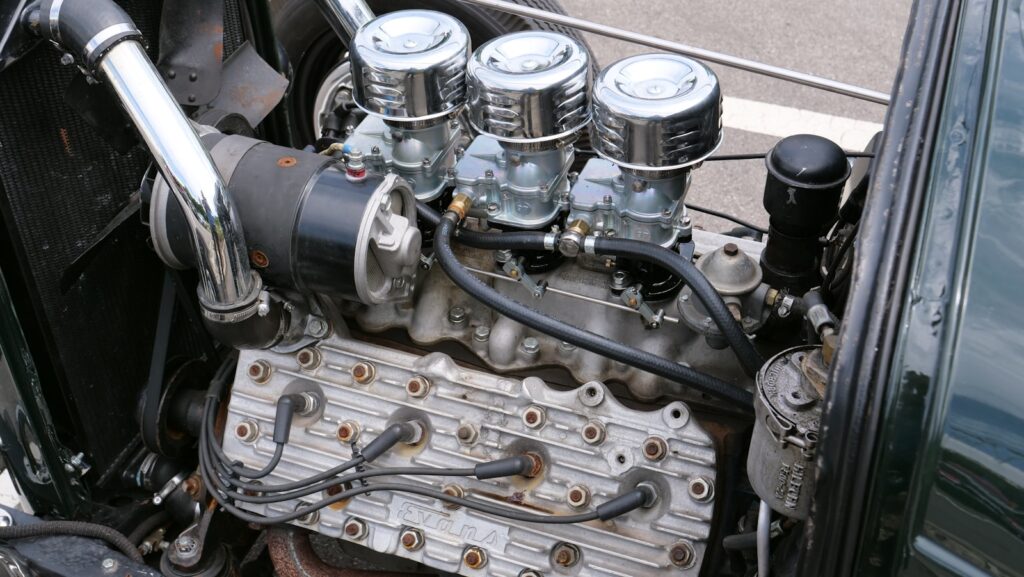
3. **Regular Engine Tune-ups for Modern Cars**The concept of a “regular engine tune-up” is largely a relic of the past, particularly for vehicles built in the last ten to twenty years. Decades ago, cars frequently required manual adjustments to keep their engines running efficiently. However, modern onboard computers have revolutionized engine management, constantly making precise adjustments to ratios and settings to optimize performance automatically.
Newer car models are programmed with sophisticated computerized systems that autonomously manage and optimize the health of various car components. This means the frequent, generalized tune-ups that were once essential are now largely obsolete. Consequently, you shouldn’t feel pressured to spend money on generic tune-ups for your modern vehicle, especially before hitting at least 25,000 miles.
If your engine does seem to be running poorly, it’s typically an indication of a specific problem, not a general need for a tune-up. Often, these issues can be resolved with targeted fixes, such as replacing the spark plugs, which you might even be able to do yourself. Focus on diagnosing and addressing precise problems rather than opting for expensive, unnecessary blanket services.
Read more about: Don’t Get Robbed at the Auto Shop: 15 Overpriced Car Repairs You Can Avoid or DIY
4. **The Unnecessary Lube Job**In the automotive landscape of yesteryear, a regular lube job was an absolutely vital part of vehicle service, designed to prevent friction from damaging moving parts and leading to costly repairs. But just like regular tune-ups, the necessity of frequent lube services has largely vanished for the majority of modern vehicles.
The engineering of today’s cars has advanced significantly. The chassis of a modern car, including critical components like the ball joints, is now almost always lubricated within a closed, sealed system. This design means that the lubrication is permanent and doesn’t require the periodic replenishment that older vehicles once did. Many components, such as tire rod ends and U-joints, are even considered “lubed for life.”
Because many people are unaware of this technological shift, repair shops often continue to add the cost of a lube job to every service list, making good money on an unneeded service. While some heavy-duty vehicles, like full-size pickups, may still require occasional lubrication of the undercarriage, for most passenger cars, it’s a wasted expense. Always check your owner’s manual before you agree to pay for an unneeded lube job.
Read more about: Don’t Screw Up Your Ride: 15 Common Oil Change Blunders That’ll Leave Your Engine Begging for Mercy
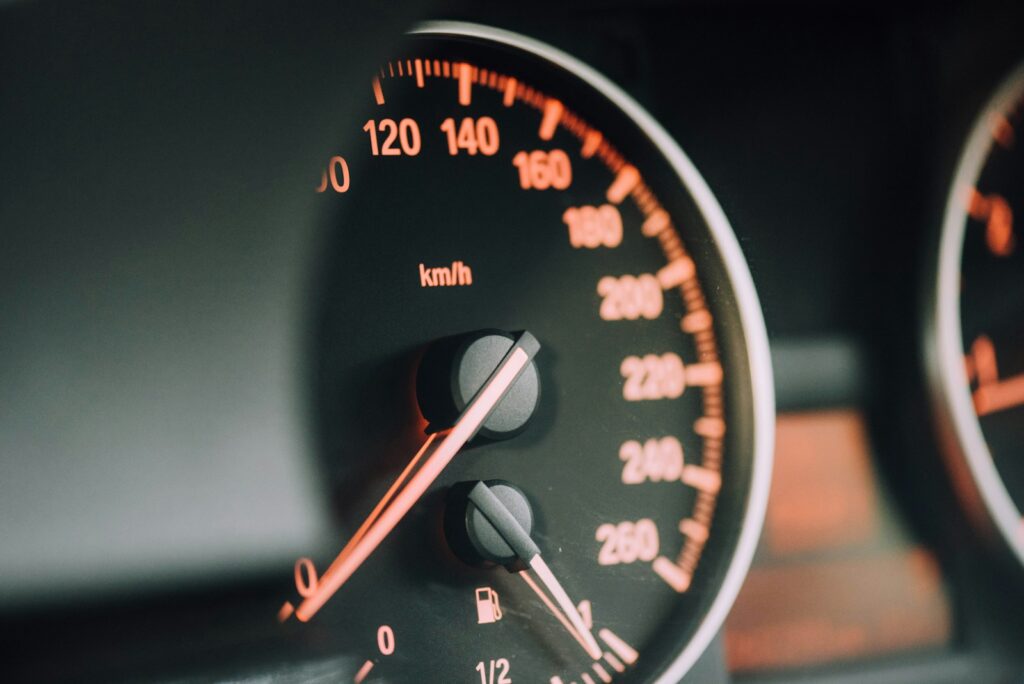
5. **Premature Coolant (Antifreeze) Flushes**When it comes to your car’s cooling system, a coolant flush might sound like a proactive measure to keep things running smoothly. However, a coolant flush that involves a cleansing or flushing product can often create more problems than it solves. This aggressive cleaning process can strip away normal-level contaminants that are actually harmless, and in doing so, it can damage seals or even cause leaks to spring in your cooling system.
Unless you regularly drive in unusually dirty or dusty conditions that could introduce excessive debris into your coolant system, a simple drain and replace of the coolant is typically sufficient. This method refreshes the coolant without the harshness of a full flush. Even with newer coolant products that are advertised with a 100,000-mile lifetime, most vehicles will eventually need their coolant refreshed periodically.
The chemicals used in flushing fluids can be quite potent and may even be incompatible with certain system components, leading to accelerated wear or failure. By opting for a straightforward drain and refill, or better yet, consulting your owner’s manual for the recommended service interval and procedure, you can avoid potential damage and save money on an aggressive service that’s often more detrimental than beneficial.
6. **The Outdated 3,000-Mile Oil Change**The ingrained belief that engine oil must be changed every 3,000 miles is one of the most persistent and costly myths in automotive maintenance. Despite this outdated advice, many quick-lube shops continue to push this frequent interval, often placing stickers on your windshield to remind you. However, most experts and manufacturers agree that we change our engine oil far more frequently than is truly necessary.
Significant advances in engine technology and the formulation of synthetic oils mean that lubricants are now far more durable and efficient. Modern vehicles typically require oil changes at much longer intervals, with many owner’s manuals recommending changes every 5,000, 7,500, or even 10,000 miles. Sticking to a generic 3,000-mile rule means you’re not only overspending but also contributing to unnecessary waste.
Beyond the financial cost, changing oil too frequently does little to enhance engine performance if the previous oil is still perfectly functional. Many contemporary vehicles come equipped with sophisticated oil life monitoring systems that accurately determine when an oil change is actually needed, based on driving conditions and engine performance. Consulting your owner’s manual and trusting these built-in systems is the most reliable way to avoid wasting hundreds of dollars over your car’s lifetime.
Read more about: The Unflinching Truth: 14 Automobiles That Dared to Be ‘Rad’ But Landed in the ‘Regrettable’ Bin
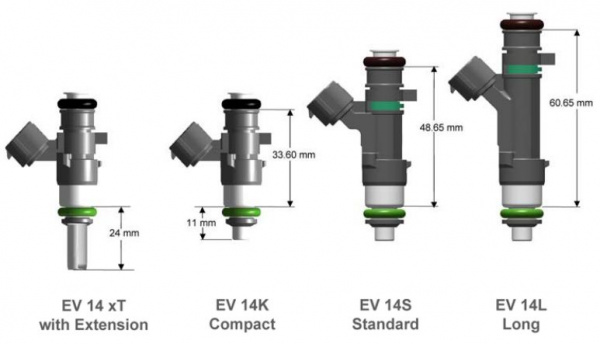
7. **Professional Fuel Injector Cleaning for Newer Cars**While the buildup of carbon and deposits on fuel injectors is indeed a problem that needs to be addressed, it’s a rare situation for modern vehicles that genuinely demands a professional cleaning service. Repair shops often continue to suggest frequent fuel injector cleanings, based on issues that were far more prevalent in older car models where injectors were prone to clogging due to carbon residue.
However, fuel injectors in newer cars have been significantly improved and are designed to be much less susceptible to gumming up compared to their predecessors. Furthermore, the quality and amount of detergents required in gasoline have increased substantially over time. Nowadays, most gas companies include high-quality solvents in their fuel, which effectively clean and unclog fuel injectors as the gasoline passes through them during normal operation.
If you ever notice your car stalling, feeling sluggish, or lagging, your first step should be to simply upgrade to a top-line gasoline with better detergents for a couple of tankfuls. This often resolves minor buildup issues without the need for expensive professional intervention or the complex process of removing injectors from the fuel rail system. Save your money and let your fuel do the cleaning.
Beyond the basic maintenance pitfalls, the automotive world is also rife with seemingly convenient accessories and services that promise great value but often deliver little more than a lighter wallet. In this second part of our deep dive, we’re pulling back the curtain on seven more items—a mix of aftermarket add-ons and questionable services—that twelve mechanics agree are largely a waste of your money. Get ready to arm yourself with knowledge and make smarter choices for your ride.
Read more about: Don’t Get Robbed at the Auto Shop: 15 Overpriced Car Repairs You Can Avoid or DIY

8. **Replacing a Single Tire Is OK**When you suffer the unfortunate event of a flat or damaged tire, the salesperson at the tire store might immediately try to convince you that you need to buy tires in pairs, or even all four at once. They often conjure up images of dire consequences if you dare to throw off the balance of your vehicle with a single new tire. This tactic preys on common misconceptions about vehicle dynamics and safety.
However, the truth is far simpler and much kinder to your budget. Unless the remaining tire on the opposite side has less than 75 percent of its tread left, replacing a single tire is perfectly acceptable and will not cause the catastrophic issues often suggested. Modern vehicles are well-equipped to handle a single new tire, provided the overall tire set remains balanced and properly inflated.
While it’s generally a good practice to have four tires that are the same make and size for optimal performance and wear, it’s not an absolute requirement for every single tire replacement. If your undamaged tires are still in good condition with plenty of tread, save your hard-earned cash and opt for just the single replacement. Don’t let upselling lead you to unnecessary expenses.
Read more about: Why Your Home Wi-Fi Is Slow: 12 Common Mistakes and Quick Fixes for a Faster Network

9. **The Front-End Alignment**It’s a common knee-jerk reaction for many drivers: you hit a significant pothole, and immediately assume your car needs a front-end alignment. The idea of getting an alignment every time your car encounters a road imperfection or on a routine, annual basis is a persistent myth that mechanics are often happy to reinforce, translating into another easy bill for you.
In reality, you don’t need to haul your car in for a front-end alignment service unless there’s a noticeable issue with your vehicle’s handling. The key indicator is if the steering is noticeably pulling to one side, or if your tires are showing clear signs of uneven wear, as depicted in images of cutaway tires that illustrate misalignment issues. If your car is driving straight and true, an alignment is simply not necessary.
It’s important to understand the practical limitations of an alignment: the adjustment will only last until you hit the next pothole or rough patch of road. While genuine misalignment can cause problems like uneven tire wear, blindly pursuing this service without clear symptoms is an inefficient use of your maintenance budget. Trust your car’s feel on the road rather than the calendar.
Read more about: The Crooked Truth: 15 Angles That Turned Top Trucks into Total Tragedies
10. **Air Conditioner Recharge**As the temperatures rise, the last thing you want is a car air conditioner that isn’t blowing as cold as it used to. For many, the immediate assumption is that the system needs a refrigerant recharge, a service that can set you back $200 to $300. This was often the go-to solution for mechanics in older vehicles, where refrigerant loss was a more common occurrence due to less robust systems.
However, modern car AC systems are designed with far greater precision and are tightly sealed. This means that most contemporary vehicles do not experience a significant loss of refrigerant over time. Newer cars utilize R134a refrigerant, which is more durable and less prone to leakage compared to older formulations, making a blanket recharge recommendation far less relevant for today’s vehicles.
Before you commit to an expensive recharge, consider the more likely culprits for declining AC performance. Issues such as a faulty blower fan or leaks in the air circulation system are often the real reasons your AC isn’t performing optimally. Have these components checked first, as addressing these specific problems can save you from spending a considerable sum on a refrigerant recharge that your car probably doesn’t even need.
Read more about: The Definitive Guide: 14 Life-Changing Tech Gadgets Under $100 That Deliver Exceptional Value and Innovation

11. **Air Fresheners**Many drivers enjoy the idea of a car that smells perpetually fresh, leading them to hang air fresheners from rearview mirrors or clip them onto vents. The variety of scents and designs can be tempting, promising a consistently pleasant aroma within your vehicle. However, these seemingly innocuous accessories come with a surprisingly significant list of drawbacks that go beyond just blocking your outward visibility.
Alarmingly, the chemicals that make up many of these air freshening products have been linked to a range of potential health issues. These can include headaches, loss of coordination, nausea, and even more severe long-term problems such as liver, kidney, and central nervous system damage, and in some cases, cancer. Furthermore, some air fresheners contain phthalates, which can disrupt hormone balance and potentially impact reproductive health, while others pose a flammability risk.
Instead of exposing yourself and your passengers to these unnecessary risks and constantly replacing spent fresheners, there are far safer, cheaper, and more effective ways to tackle car odors. A simple, time-tested method is to sprinkle some baking soda onto your car’s carpets, let it sit overnight to absorb smells, and then vacuum it away. This natural deodorizer gets the job done without any chemical concerns.
Read more about: 13 Ingenious Household Hacks to Make Your Car’s Interior Look Brand New
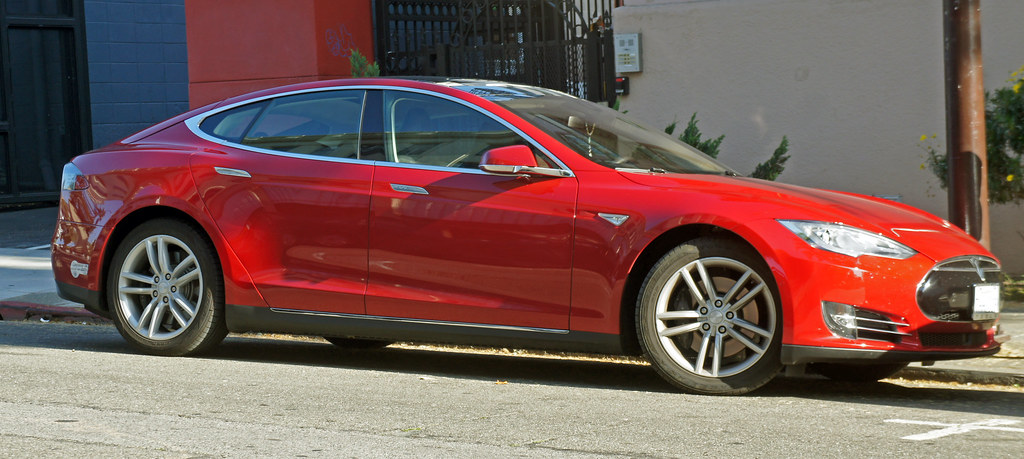
12. **Car Alarms**In an effort to enhance vehicle security, many car owners consider purchasing aftermarket alarm systems, believing they offer an additional layer of protection against theft. The idea of a loud, blaring alarm might provide a sense of peace, but in the modern automotive landscape, these systems frequently fall short of their intended purpose and can often be more trouble than they’re worth.
For starters, aftermarket alarms are prone to a high rate of false alarms. These can be triggered by overly sensitive sensors, faulty key fobs, or wiring problems, leading to irritating disturbances for both the owner and those nearby. More significantly, the general public has become desensitized to car alarms, often ignoring them when they sound off. Savvy thieves, understanding this, can also bypass many aftermarket systems with relative ease.
Crucially, most modern vehicles already come equipped with sophisticated security systems and alarms directly from the factory. These integrated systems are typically more reliable and often connected to the car’s central computer, offering a more robust level of protection than many standalone aftermarket units. Investing in an additional alarm system often provides little, if any, real deterrence beyond what’s already built into your car.
Read more about: 15 Powerful Time Management Strategies: What Top Female Tech CEOs and Visionary Leaders Swear By

13. **Colour-Coded Tire Pressure Valve Covers**Marketed as a convenient solution for monitoring tire pressure at a glance, colour-coded tire pressure valve covers claim to simplify vehicle maintenance by changing color from green to red when your tires need air. On the surface, this might seem like a clever and efficient way to stay on top of your tire health without much effort. However, a closer look reveals several reasons why these are essentially useless car accessories.
Their primary flaw is redundancy in modern vehicles. Most cars today are equipped with a Tire Pressure Monitoring System (TPMS), which features a dashboard light—typically a yellow or amber cross-section of a tire with an exclamation point in the middle. This light serves as a highly accurate and automatic alert, informing drivers when one or more tires are significantly under-inflated, making the external valve covers unnecessary.
Beyond the built-in technology, the simplest and most reliable method for checking tire pressure remains the humble handheld tire pressure gauge. These inexpensive devices, combined with a quick visual inspection of your tires, provide all the information you need to determine if air is required. Why spend money on a superfluous gadget when superior alternatives are either already in your car or readily available for a minimal cost?
14. **Engine Treatments**In the vast and often confusing automotive aftermarket, engine treatments frequently surface as “snake oil” products, promising to cure a multitude of engine woes with a simple pour-in solution. These treatments are aggressively marketed to address common concerns like reduced lubrication, increased friction, and the accumulation of deposits, claiming to restore engine compression, stop leaks, or improve oil pressure.
It’s vital for car owners to recognize that many of these so-called miracle treatments are formulated with cheap or generic additives. Unlike the rigorously tested engine fluids specified by your vehicle’s manufacturer, these aftermarket concoctions often lack credible scientific backing. They are not subjected to the same stringent performance and compatibility assessments, raising significant doubts about their efficacy and safety.
More concerningly, some engine treatments can actually do more harm than good. Certain additives may disrupt the carefully balanced chemistry of your car’s original engine oil, potentially leading to increased friction, reduced fuel efficiency, or even long-term engine damage. There’s a risk they could clog oil passages or filters, creating new problems where none existed. Relying on high-quality, manufacturer-recommended oils and fluids is always the smartest, safest, and most cost-effective approach to engine health.
Read more about: Echoes of Elysium: 12 Profound Scientific Insights the Ancient Greeks Grasped, Yet the Romans Subtly Sidestepped
In the complex world of car ownership, knowledge truly is power. As we’ve explored through both sections of this guide, the journey of keeping your vehicle in top shape doesn’t have to be a constant drain on your finances. By understanding which services and accessories genuinely add value and which are simply clever ways to part you from your cash, you can navigate the automotive landscape with confidence. Remember, a savvy car owner asks questions, consults their owner’s manual, and prioritizes smart choices over unnecessary spending, ensuring a longer, healthier, and more economical life for their beloved ride. The road to savings begins with informed decisions.

